TrueCoreTM Spinal Stabilization (TC) exercises are designed to meet the patient’s specific and whole body biomechanical and neurological needs as measured by provocative ortho/neuro and chiropractic procedures. Disc dysfunction is relatively specific in its neurological insult and pain distribution patterns. Facet instability is grossly more prevalent in the average patient presentation and the symptomatic variations can be vast. As complicated as facet dysfunction can be, it is also none the less definitive and its pathophysiology can be understood and integrated into our procedural tool kit.
TrueCoreTM is a prescription only system to reset facet tracking, increase segmental movement and neurological coordination, and normalize visceral and muscle over facilitation through ocular driven segmental muscle activation. Using TrueCoreTM in your practice is highly effective for establishing an objectively measurable monitoring system for long term treatment objectives. It also establishes the foundational motions for traditional large muscle strengthening programs and provides an additional revenue stream through expanded services.
TrueCoreTM in the Clinical Setting
Once a TCTM care plan is established; chiropractic adjusting, additional modalities and large muscle therapeutic exercises can be implemented to further build and support the underlying procedure. The patient’s initial TCTM evaluation becomes the reference point for long term functional objective improvement. Each exercise is determined through a two-step process of identifying the primary unstable facet articulation through functional leg length evaluation and infrared data followed by a 3-5 minute myotome “muscle load” inventory. The primary unstable facet (spondylogenic reflex, not hypermobile segment) is identified in less than 30 seconds and the patient is then instructed to perform the corresponding TCTM exercise for a total of 3 repetitions over 15-20 seconds.
Repeat testing of compromised myotomes for recovery or weakness determines the side and specific vectors for the given exercise. This fast and simple procedure typically results in an immediate full body, cord mediated muscle loading recovery process and immediate improvement in joint tracking error and visceral function in approximately 90% or more cases. The patient is instructed in home procedures to include eye movements, number of repetitions and sets per day and when to add the opposing side for balanced muscle activation training. The average patient will have 1-2 TCTM exercises necessary to arrest primary facet instability and reset cord mediated neurology. Each TCTM exercise is added over 1-2 successive visits.
Complicated cases may require as many as 3-4 TCTM exercises to be performed for 4-8 weeks before progressing to complimentary large group activation and strengthening programs such as 5MinuteBackTM (5MB). All compromised myotomes will respond immediately to both proper and improper joint positioning via local muscle activation and reflexive muscle recovery or over facilitation thereby allowing you to prescribe a patient a specific take home routine as opposed to generic garden variety spinal exercises.
TrueCoreTM is Prescription Only
TCTM is the prescription component of a 5MBTM program and must be delivered by a qualified doctor or therapist due to the exacting and complicated relationship between eye motion, spinal movement, load angles and pain limiting markers. TCTM is therapeutic in nature and is not for the general public. If administered improperly or casually applied to patients without documented provocative testing and clinical indicators, the risk of injury and professional liability increases. If prescribed appropriately and professionally, the risk of injury is negligible and liability is zero.
Infrared Imaging and HF/HP Superpulse Laser
For those using FLIR IR cameras, spinal imaging will reveal the unstable facet and the pattern of reactionary inflammation in multiple over-facilitated muscles and some joints with high levels of edema. The primary unstable facet or spondylogenic reflex must be stabilized to begin the healing and strengthening process and secondary reactions need only be stabilized if the reactive area is persistent and is generating local and/or downstream neurological and biomechanical dysfunction. For those using the latest high frequency, superpulse lasers as both a diagnostic and treatment tool, the doctor can utilize low frequency (10-30 KHz) to differentiate between a primary active inflammatory facet and local soft tissue over-facilitation.
High frequency (40-70 KHz) can differentiate between the above profile and degenerative joint changes, and ultrahigh frequency (80-100 KHz) can implicate capsular scarring through a positive response to a non-noxious Prolo type laser induced production of nitric oxide followed by a responsive immune mediated healing effect on the original damaged tissue. The 1064 nm wavelength can quickly help to rule out avascular tissue defects. Noting IR data and/or HF/HP IR laser tissue responses, you can directly prescribe the appropriate TCTM exercise without myotome testing, if preferred
A Sport Related Example
A female ultra-marathon runner, age 44 presents 7 weeks before the 2017 Boston Marathon with persistent right anterior hip pain and a history of bilateral shin splints. Her CC prevented training for the prior 5 weeks in which she was simultaneously treated by 2 chiropractors and 1 physical therapist and received an MR with an impression of stress injury in the right proximal femur and low-grade enthesopathy or strain at the pubis. Patient was a healthy, well fit athlete with s/s of anterior hip pain with motion and load. Her primary SRS was determined to be C1L with secondary C6R and L2-3R. Infrared imaging revealed right adductor, right hamstring, left longissimus lumborum and left sub occipital over facilitation. Myotome testing demonstrated bilateral weakness in the trapezius at 4/5, left wrist lateral flexion 4++/5, left psoas 4+/5, right psoas 3++/5. All other tested muscles were 5/5.
The patient was instructed in a C1L only TrueCoreTM exercise with 5 sets of 3 repetitions on a daily basis noting the immediate post exercise return to 5/5 in all compromised myotomes tested. She was running 10 miles with a slight transient pulling in the groin within 5 days and by week three; she increased to 20 mile runs 3-4 days per week. She completed the Boston Marathon with qualification for 2018 (her goal), returned and ran two more marathons in the following 4 weeks without pain or dysfunction. Question: Why did she not respond to previous therapeutic strategies?



